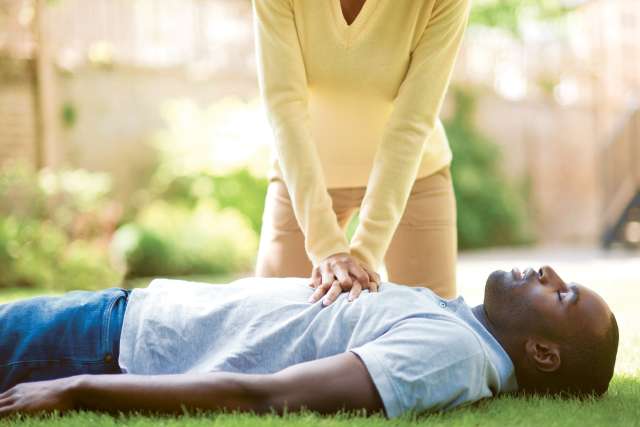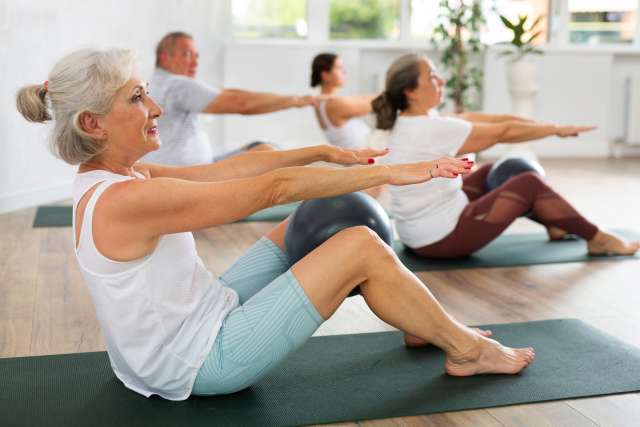Dear Doctors: This year our family vacation is a camping road trip. There will be a lot of hiking and outdoor exploring, so my wife and I have put together a good first-aid kit. Now I think that learning CPR is a good idea. How do you take classes? Can our teenaged kids learn, too?
Dear Reader: Cardiopulmonary resuscitation (CPR) is an emergency life-saving procedure used when someone’s heart has stopped beating. It involves a manual technique designed to keep blood flowing through the body until a regular heartbeat can be restored. The most common cause of sudden cardiac arrest is heart disease. Other situations that can require CPR include near-drowning, smoke inhalation, severe allergic reaction, drug overdose, an asthma attack, poisoning or traumatic injury.
CPR consists of three main steps. First, and most important, call 911. CPR is only a bridge for the time needed for medical help to arrive. Second, position the person on a firm, flat surface and begin chest compressions. This is a rhythmic, manual technique that mimics the percussive action of the heartbeat. Finally, perform mouth-to-mouth rescue breathing. The rescuer uses their own breath to provide the person with oxygen.
According to the American Heart Association (AHA), only people with formal CPR training should perform rescue breathing. In many situations, chest compressions are adequate. This is known as hands-only CPR. The data show that, when performed within the first few minutes of sudden cardiac arrest, hands-only CPR is as effective as the technique that includes rescue breathing. This is because the body already contains sufficient oxygen to preserve organ function until medical help arrives.
You can take CPR training through organizations such as the American Red Cross and the AHA. Classes typically take place at local hospitals, schools, community centers and dedicated learning centers. You can find classes near you on the Red Cross and AHA websites. You can take classes in person, online and as a blend of both. Classes last about two hours. The cost varies depending on the type of class and the certification involved. Both the Red Cross and the AHA also offer CPR classes geared to children and teens.
The outdoor adventure vacation you are planning for your family sounds wonderful. We think that adding CPR training is a great idea. More than 350,000 people in the United States suffer from sudden cardiac arrest each year, but only some people know CPR. If you and your children do CPR training, your family, and the people around you, will be safer for it. This is also a skill that your children will be able to take with them as they grow up.
(Send your questions to [email protected], or write: Ask the Doctors, c/o UCLA Health Sciences Media Relations, 10960 Wilshire Blvd., Suite 1955, Los Angeles, CA, 90024. Owing to the volume of mail, personal replies cannot be provided.)





